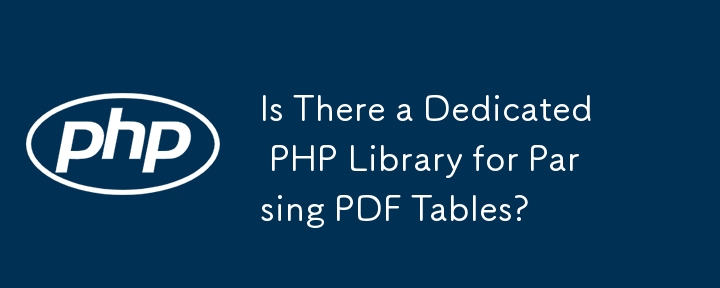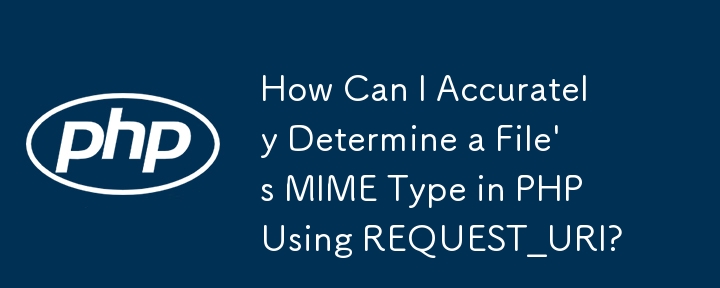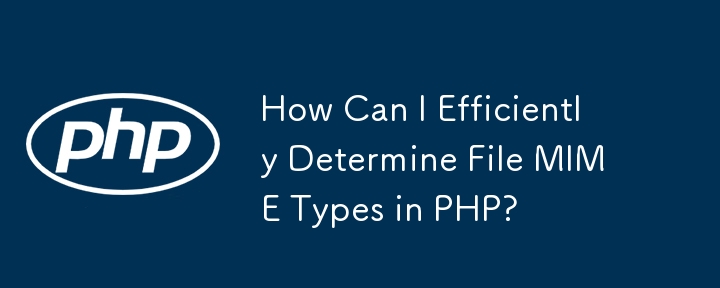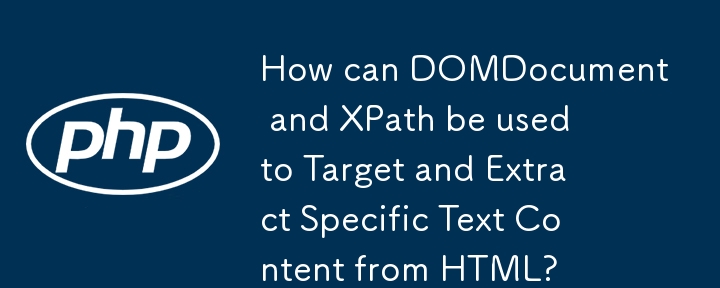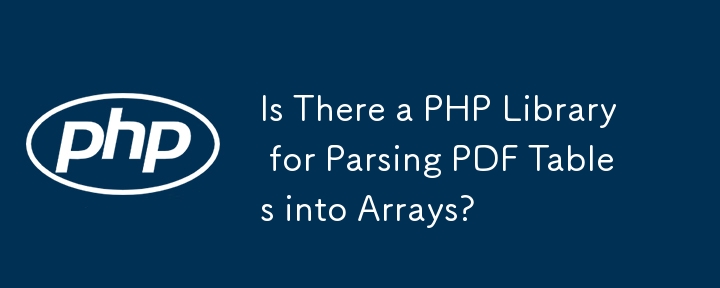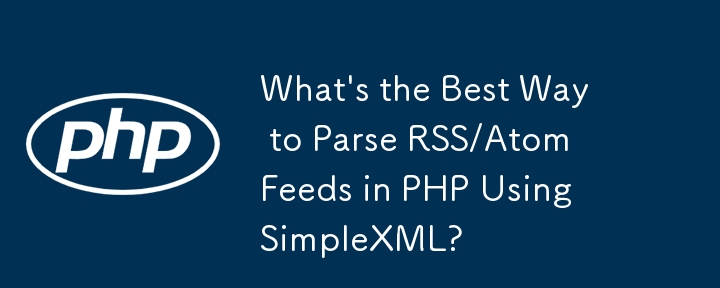Found a total of 10000 related content

New Features in PHP 5.6
Article Introduction:PHP 5.6: A Significant Leap Forward
Key Enhancements:
PHP 5.6 delivered substantial improvements, including enhanced CLI web server capabilities (supporting diverse MIME types), internal operator overloading for cleaner code, and significantly incre
2025-02-22
comment 0
769

How to Determine Image Type from Encoded Base64 String in PHP?
Article Introduction:This article presents a solution for determining the image type from its base64 representation in PHP. Using the FileInfo extension, MIME types of images can be reliably identified, overcoming the limitations of traditional methods. By decoding the b
2024-10-23
comment 0
357

How to simplify string conversion of PHP values: Application of coduo/php-to-string library
Article Introduction:During development, I often need to convert various data types in PHP into strings for logging, debugging, or data processing. However, handling different types of conversions often seems cumbersome and error-prone. Until I discovered the library coduo/php-to-string, which allowed me to easily convert any PHP value into strings, greatly simplifying my workflow.
2025-04-17
comment 0
881
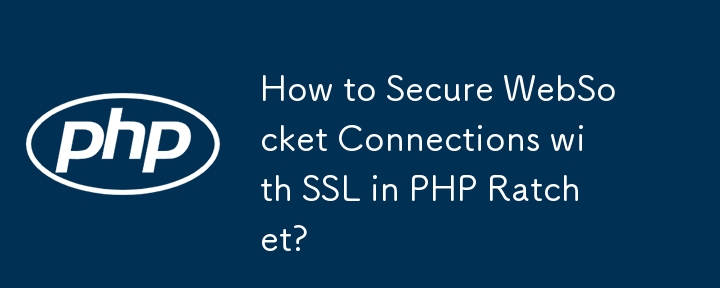
How to Secure WebSocket Connections with SSL in PHP Ratchet?
Article Introduction:This article presents a secure WebSocket connection method using SSL in the PHP Ratchet library. It outlines the necessary configurations for Apache web servers and JavaScript clients to enable SSL connections. By following the steps outlined, develo
2024-10-22
comment 0
518
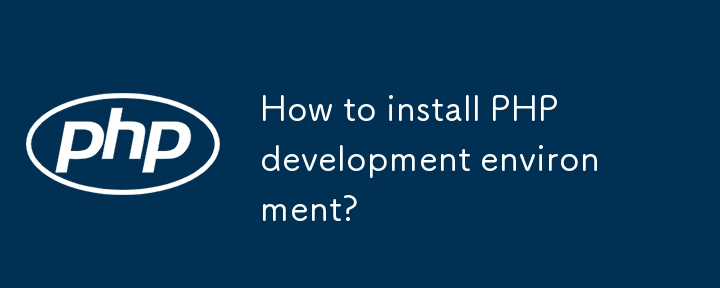
How to install PHP development environment?
Article Introduction:There are three common ways to install the PHP development environment: 1. Quickly build with XAMPP, start Apache and MySQL after downloading and installing, and put files into the htdocs folder to access, which is suitable for beginners; 2. Manually install PHP web server, download PHP and configure php.ini, combine Apache or Nginx to set modules and document root directory, suitable for users who need customization; 3. Use Docker to build an isolated environment, define services, mount directories and mapping ports through docker-compose.yml, which is suitable for multi-project or multi-version requirements; common problems include PHP not executing, no-report errors, and version confusion. You can check the MIME type and enable display.
2025-06-26
comment 0
646

How to build a PHP runtime environment?
Article Introduction:To quickly build a stable PHP operating environment, pay attention to the following steps: 1. Install the PHP interpreter, use XAMPP/WAMP for Windows, use Homebrew for macOS, and use apt for Linux; 2. Use a web server, use mod_php or Nginx to cooperate with PHP-FPM for Apache; 3. Create info.php to test whether PHP is parsing normally; 4. Modify php.ini to enable display_errors, set error_reporting, adjust upload restrictions and time zones; 5. Optional Docker method to quickly build a standardized environment through docker-compose.yml. After each step is completed, the server should be restarted
2025-06-29
comment 0
207
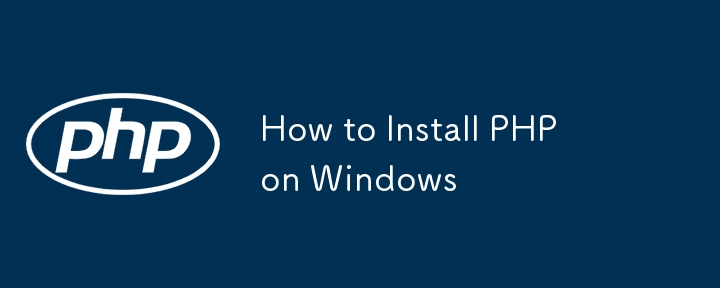
How to Install PHP on Windows
Article Introduction:The key steps to install PHP on Windows include: 1. Download the appropriate PHP version and decompress it. It is recommended to use ThreadSafe version with Apache or NonThreadSafe version with Nginx; 2. Configure the php.ini file and rename php.ini-development or php.ini-production to php.ini; 3. Add the PHP path to the system environment variable Path for command line use; 4. Test whether PHP is installed successfully, execute php-v through the command line and run the built-in server to test the parsing capabilities; 5. If you use Apache, you need to configure P in httpd.conf
2025-07-15
comment 0
807

Implementing JavaScript Brotli and Gzip Compression
Article Introduction:Both Brotli and Gzip can be used for front-end optimization, but Brotli has higher compression rate and better Gzip compatibility. It is recommended to enable Brotli first and retain Gzip as a downgrade solution; .br and .gz files can be generated through Webpack's compression-webpack-plugin plugin, and the compression level, file type and threshold are configured; when deploying, the corresponding module and MIME types must be configured on the server (such as Nginx or Apache), and the .br files must be returned in order, followed by .gz, and the original files; precautions include checking the Accept-Encoding request header, file path, module loading, MIME type, avoiding double compression and
2025-07-17
comment 0
315
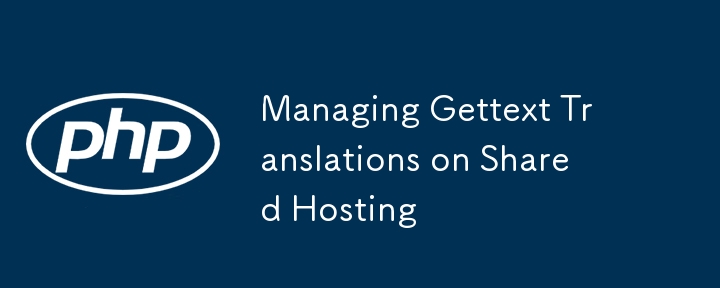
Managing Gettext Translations on Shared Hosting
Article Introduction:Core points
Gettext is a popular method for translation management of PHP websites, but it has a significant drawback: Apache caches translations, which means that unless the engine is restarted, updates to translated files will not be visible. This is especially problematic on shared hosting, as administrator privileges are often not available.
Audero Shared Gettext is a PHP library that allows developers to bypass Apache's cache of translations loaded through the gettext() function. The library uses a simple trick to create a mirrored copy of the translation file, tricking Apache into thinking it as a new, irrelevant translation, thus avoiding caching issues.
Audero Shared Gettext available
2025-02-22
comment 0
1315
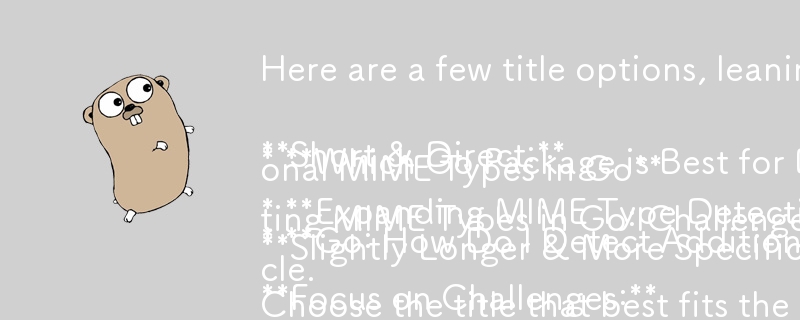

How to handle File Uploads securely in PHP?
Article Introduction:To safely handle PHP file uploads, you need to verify the source and type, control the file name and path, set server restrictions, and process media files twice. 1. Verify the upload source to prevent CSRF through token and detect the real MIME type through finfo_file using whitelist control; 2. Rename the file to a random string and determine the extension to store it in a non-Web directory according to the detection type; 3. PHP configuration limits the upload size and temporary directory Nginx/Apache prohibits access to the upload directory; 4. The GD library resaves the pictures to clear potential malicious data.
2025-07-08
comment 0
806
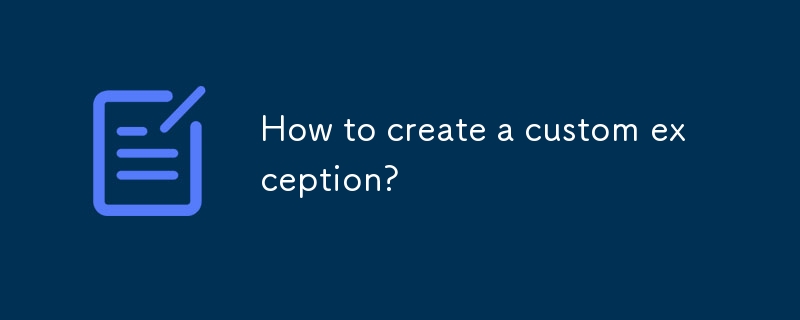
How to create a custom exception?
Article Introduction:Custom exceptions are implemented in Python by inheriting the Exception class or its subclasses, which are used to improve code readability and targeted error handling. When built-in exceptions cannot meet specific business needs, for example, you need to distinguish between multiple user input error scenarios, you can create different exception types such as InvalidEmailError and PasswordTooShortError. The creation method is simple. You only need to define a new class. You can also add initialization parameters such as message and error_code to provide more information to assist in debugging. Suitable scenarios for using custom exceptions include modular projects, business rule verification, and third-party library development, such as the data parsing module that defines ParseError
2025-06-26
comment 0
415

How to set environment variables in PHP environment Description of adding PHP running environment variables
Article Introduction:There are three main ways to set environment variables in PHP: 1. Global configuration through php.ini; 2. Passed through a web server (such as SetEnv of Apache or fastcgi_param of Nginx); 3. Use putenv() function in PHP scripts. Among them, php.ini is suitable for global and infrequently changing configurations, web server configuration is suitable for scenarios that need to be isolated, and putenv() is suitable for temporary variables. Persistence policies include configuration files (such as php.ini or web server configuration), .env files are loaded with dotenv library, and dynamic injection of variables in CI/CD processes. Security management sensitive information should be avoided hard-coded, and it is recommended to use.en
2025-07-25
comment 0
224
